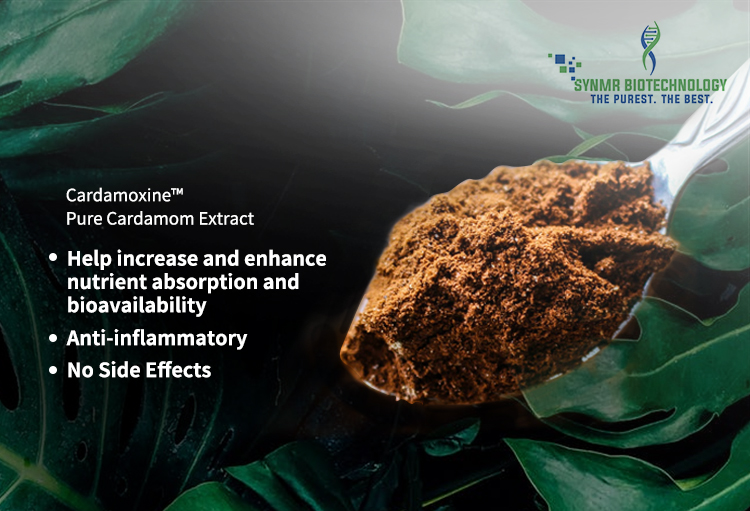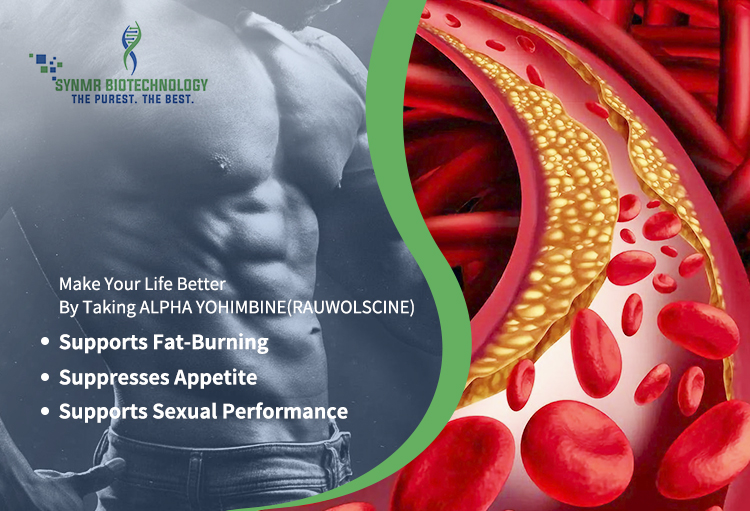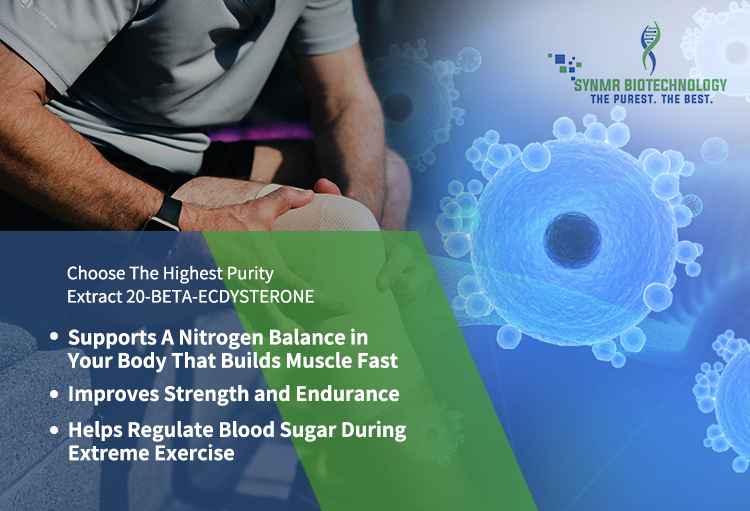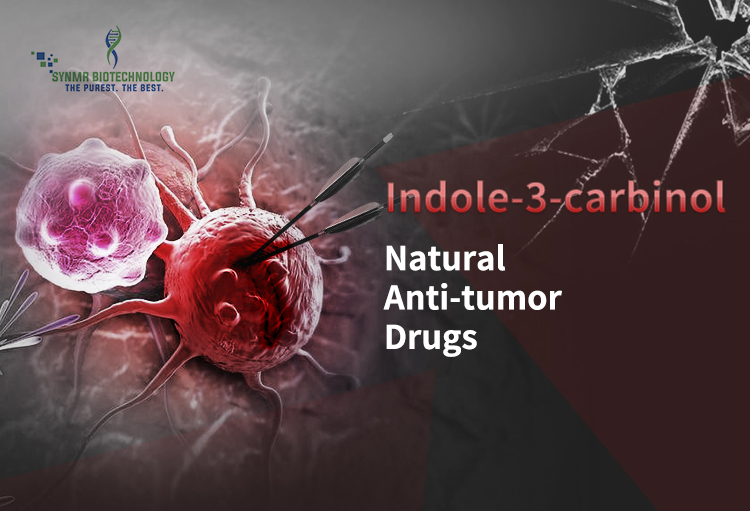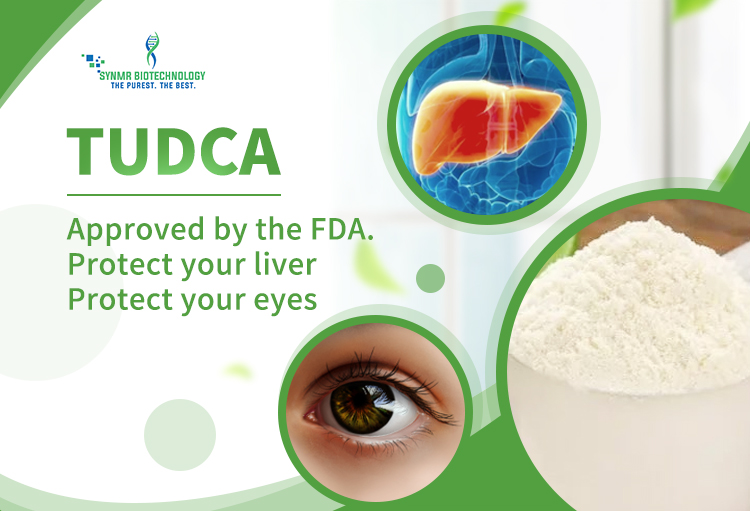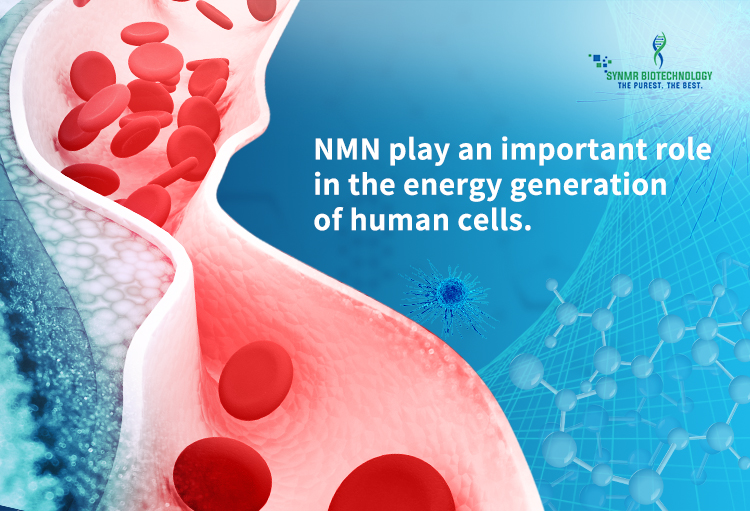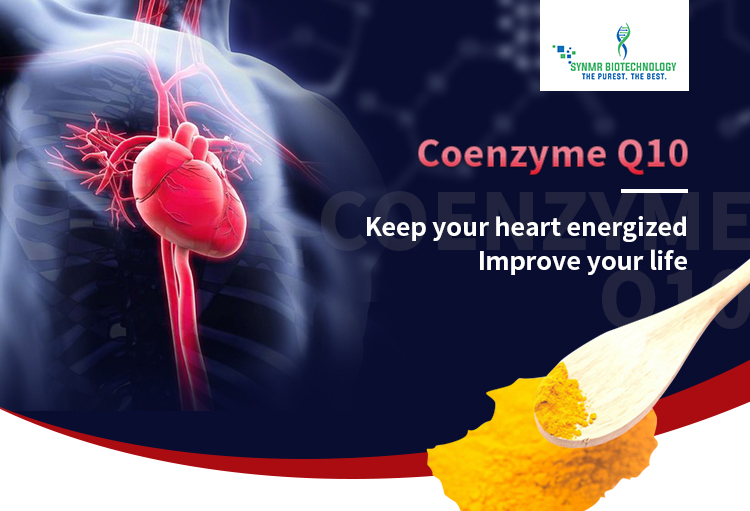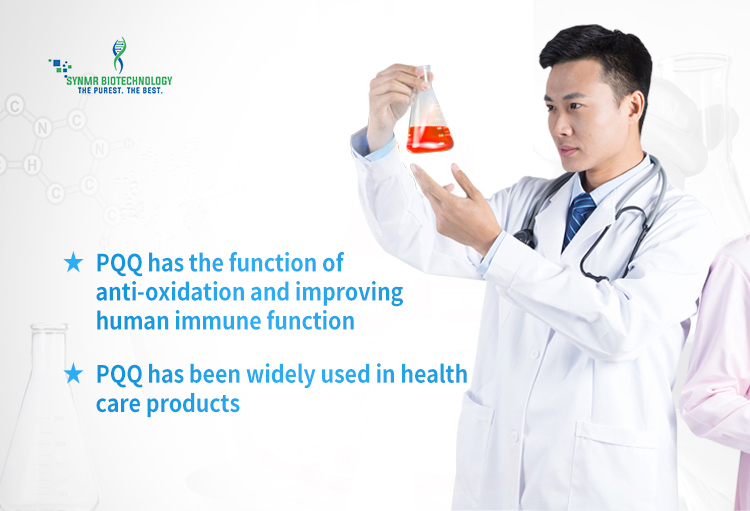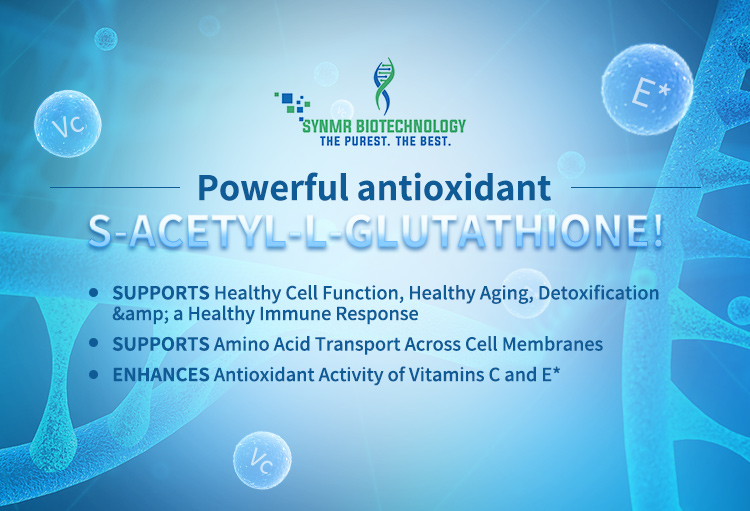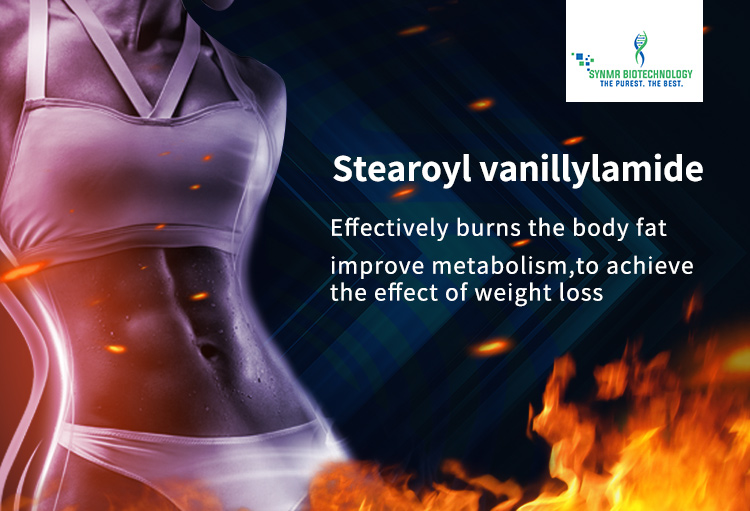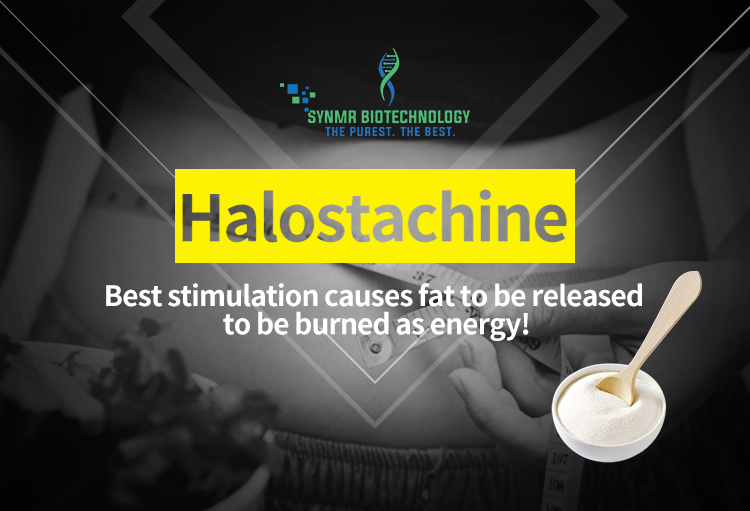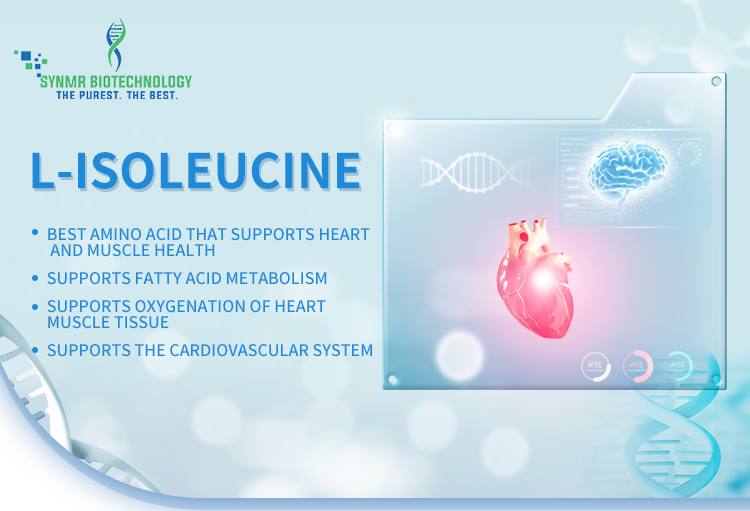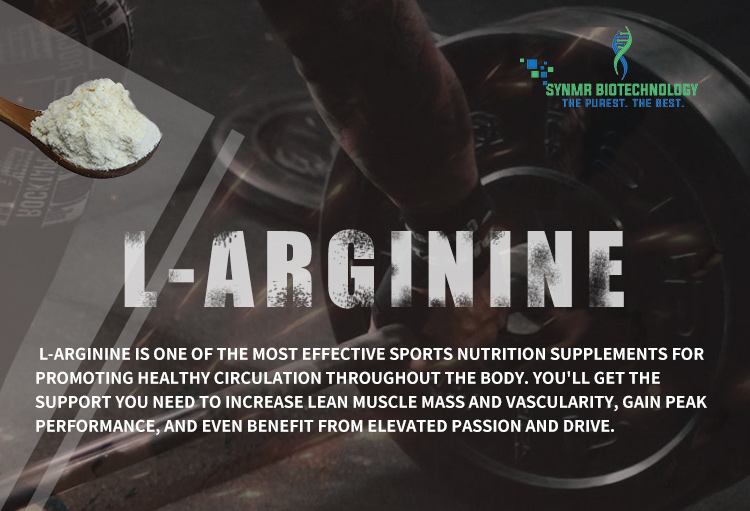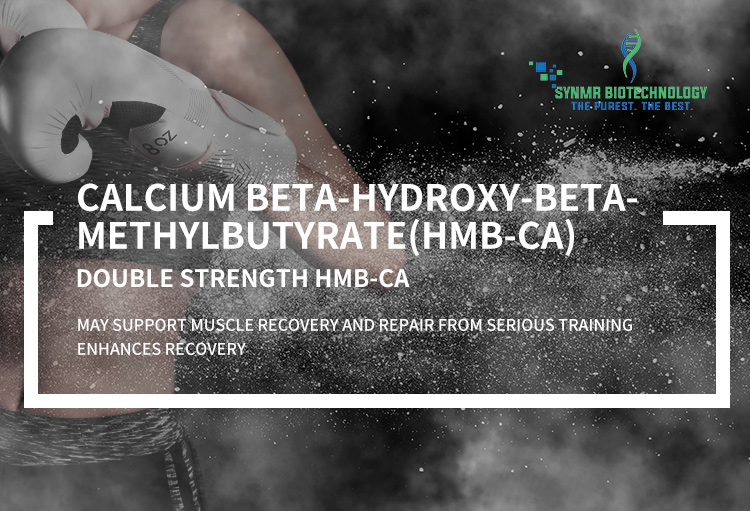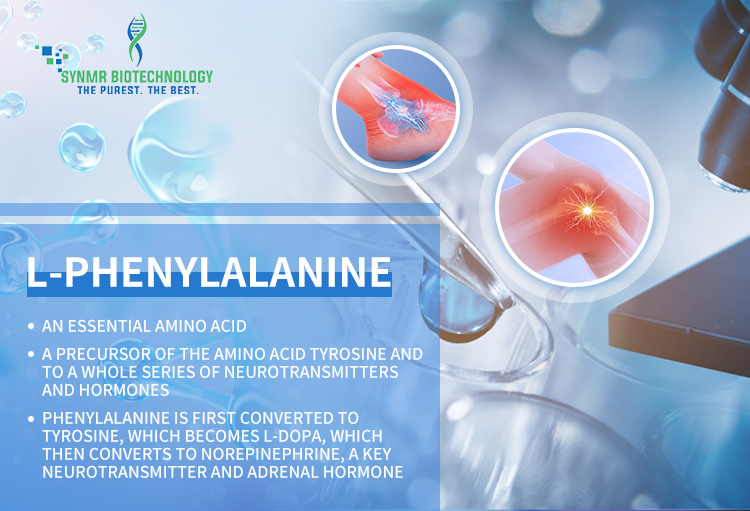 What is Pyridoxal-5-Phosphate?
What is Pyridoxal-5-Phosphate?
Pyridoxal-5-Phosphate, or P5P as it is commonly known, is the active form of vitamin B6. In foods or most supplements, vitamin B6 is found in one of three forms: pyridoxine hydrochloride, pyridoxal, or pyridoxamine. Inside the body, these forms of B6 have to be converted by the liver to the active form the body needs – P5P.
Low rates of conversion from the inactive to the active form of vitamin B6 have been reported, especially in people with impaired liver function, celiac’s disease, older adults, and in children with autism. By consuming vitamin B6 in the active P5P form, conversion is no longer necessary, and the full benefits are available immediately after absorption.
What For Is Pyridoxal-5-Phosphate Useful ?
It is needed for the transfer of amino acids due to its effect as a cofactor on transaminase which may degrade the amino acids in the body;
It affects the enzymes that control the reactions between the amino acids, such as conversion of the amino acid L-methionine in the amino acid L-cysteine. The lowered levels of P-5-P in the body have a negative effect on this process. The vitamin has an impact on the conversion of selenomethionine into selenohomocystein;
It influences the process of conversion of L-tryptophan into niacin (vitamin B3);
Pyridoxal phosphate is used in the process of decarboxylation of amino acids, wherein they are converted into physiologically active amines. Such processes are the conversion of histidine to histamine, tryptophan to serotonin, glutamate, and GABA, and dihydroxyphenylalanine into dopamine;
It improves the condition of water retention caused by a deficiency of vitamin B6;
It improves the absorption of magnesium and has a beneficial effect in magnesium deficiency;
Prevention of arteriosclerosis and high levels of homocysteine, as the low levels of P-5-P, are directly associated with the high levels of homocysteine;
The enzymes that control the metabolism of sphingolipids, a class of lipids involved in the construction of cell walls, are dependency on it;
An indirect effect on the gluconeogenesis, a metabolic process, which produces the glucose from non-carbohydrate sources. The importance of P-5-P is connected with its effect on the transaminase and its effect on the enzyme glycogen phosphorylase, which is needed for the gluconeogenesis;
It demonstrates favorable results in carpal tunnel syndrome, tendonitis, rheumatism, bursitis, and edema;
It demonstrates positive results in the prevention of the progression of the neuropathy induced by diabetes. In other studies, vitamin B6, in the form of pyridoxamine, does not show the same effects. It is necessary to note that there have been used extremely high doses of P-5-P for 16 weeks and there have been no marked side effects. A study by the same authors and object, which will use lower doses (300 mg daily), awaits;
A positive effect in combination with magnesium in autism and other deviations in children. In autistic children, there is an observed functional improvement and regression with high doses in the range of 250-500 mg daily. The ratio of the improved condition and the worsened condition while taking on P-5-P e near 10:1, which confirms the thesis of the pioneer in that autism study, Dr. Bernard Rimland, for the need for vitamin B6, and rather its coenzyme form. Pyridoxine hydrochloride has never demonstrated similar results.






